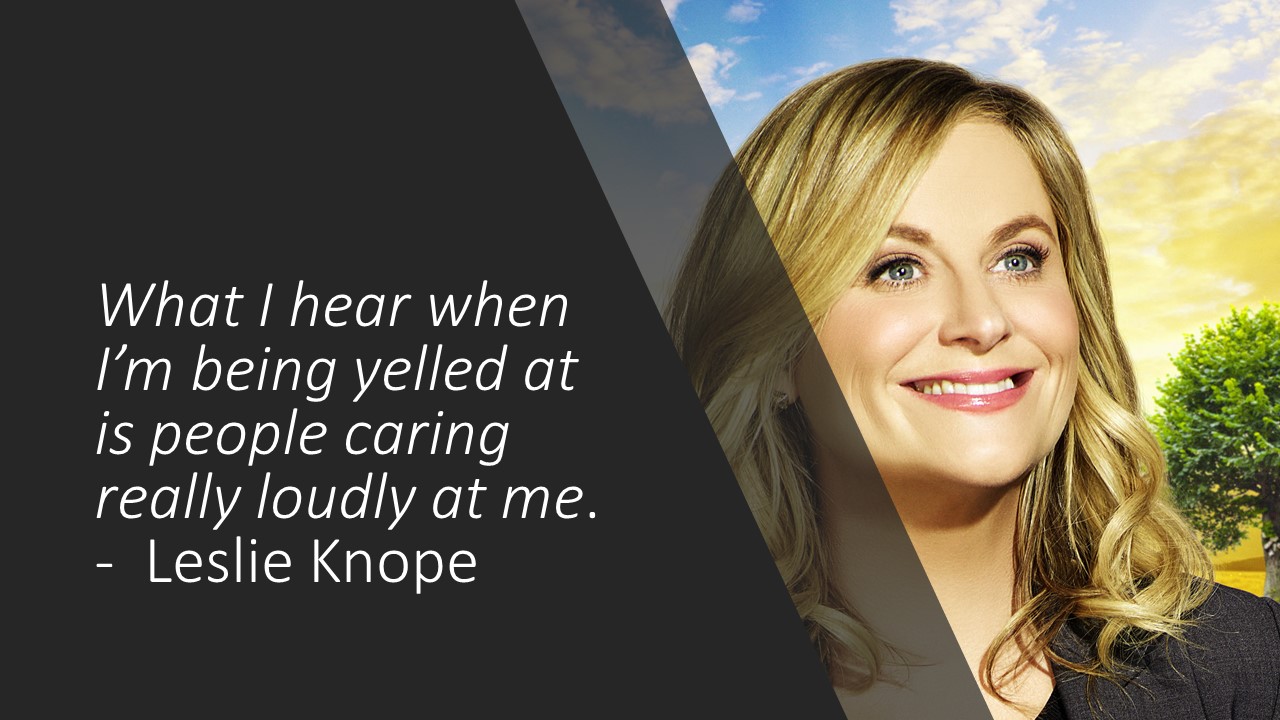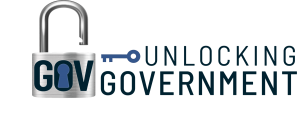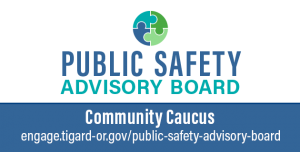
Join Kent Wyatt, Communications Manager for the City of Tigard, Oregon and Co-Founder of ELGL and Amanda Nagl, Founder of Unlocking Government as they explore these items, other lessons learned, and their application to Tigard public participation practice during the Gov Comms Festival, hosted by ELGL, on Nov. 17. Registration for this and other sessions are available through ELGL.
Many community engagement lessons and best practice concepts have emerged from the “must do” approach to digital engagement throughout 2020. The list of recommended tools and techniques likely varies among every practitioner and user, though no matter which are selected by you and your team—they all require some best practice applications of supplying good initial information through a variety of mediums, collecting input through a variety of digital tools and creating as much of a face to face opportunity for interaction as safety and technology allow. Consideration of the competing issues for your community and choosing priorities wisely is your responsibility—if there is no pressing decision or need for engagement, perhaps it should be postponed. Choosing wisely at the onset will help to build trust with the community. If they know you only ask when it matters, engagement will become the community norm. Here are a few of the items that we find most critical in trying to break through the noise and really connect with your community when it matters most.
Start with WHY
 Clarity in the initial introduction of a topic/program/decision is critical. Going beyond what is being discussed or how a decision will be made is important for your public to get involved. Without answering the larger “why” of an issue’s importance, you will only engage the analytical side of your community. To create real interest and passion, you will need to also connect to their feelings. Answering “why” an initiative is important and getting to a place of real values (even and especially if there are competing values at play in the community), is what will gain real participation. If you are not able to get a clear definition of “why” then that should serve as a reason to postpone the engagement/decision. Be clear and concise when presenting items for consideration so that individuals can scan and understand. Provide a deeper dive into policy and background for those that have the capacity and desire to take it in.
Clarity in the initial introduction of a topic/program/decision is critical. Going beyond what is being discussed or how a decision will be made is important for your public to get involved. Without answering the larger “why” of an issue’s importance, you will only engage the analytical side of your community. To create real interest and passion, you will need to also connect to their feelings. Answering “why” an initiative is important and getting to a place of real values (even and especially if there are competing values at play in the community), is what will gain real participation. If you are not able to get a clear definition of “why” then that should serve as a reason to postpone the engagement/decision. Be clear and concise when presenting items for consideration so that individuals can scan and understand. Provide a deeper dive into policy and background for those that have the capacity and desire to take it in.
Face to Face Inclusion
We all know that 90% of communication is non-verbal so the value of moving beyond the written word and including “face to face” interaction is so important to assure that individuals and their input are fully understood—the difference is that it is no longer “either/or” but is “both/and” meaning we have to bring faces, with all of their expressions, into the digital space. This can be done through group video calls or as one on one follow-up to written participation. Small group breakouts are quite effective for the participants to more fully communicate as well as to build relationships. If the goal is for the organization to collect feedback, a facilitator or at least a recorder should be present in the group—just gathering a summary will not provide the face to face benefits for the organization. Do keep in mind that a third-party facilitator can be useful in many digital sessions, just like they would be in person under more typical circumstances. If the organization you represent has a position in a discussion and is unable to remain neutral, consider adding that component and your staff can have a more participatory or observant role, depending on the purpose and design of the process.
Another option is to request videos be recorded where individuals talk for a few minutes while showing themselves on the video. The City of Tigard utilized this approach in one of the most difficult series of conversations that 2020 has presented.
 After the murder of George Floyd, over 500 Tigard community members submitted ideas via the city’s online engagement platform on the work needed for the city to meet its strategic vision of becoming a ‘community for all.’ The creation of a Public Safety Advisory Board was one of the ideas that grew from community input.
After the murder of George Floyd, over 500 Tigard community members submitted ideas via the city’s online engagement platform on the work needed for the city to meet its strategic vision of becoming a ‘community for all.’ The creation of a Public Safety Advisory Board was one of the ideas that grew from community input.
With in-person meetings not an option, the city used its online engagement platform to select community members for the Public Safety Advisory Board. Each of the 39 candidates created an online profile with their written responses to questions and a video recording of the experiences hey would bring to the board.
Next, a two-week virtual community caucus was held to give community members an opportunity to review the 39 profiles and indicate who they thought should serve on the board. Hundreds of community members participated in the virtual caucus, and the City Council used the results in selecting members of the board.
The reviews from the community were overwhelmingly positive.
I’ve spent hours reading the candidates’ statements and watching their videos. I’m truly inspired by the diversity, professional experience, community connections, and passion for social justice these applicants bring. The specific set of applicants I recommend seem capable of a sophisticated conversation that balances restorative justice, a bias to action toward dismantling systemic racism, and a respect for those who genuinely serve the calling for public safety.
This has been an interesting process and I would enjoy having conversation about its use going forward! Thank you to the City Council for bringing this process to the community.
In December 2020, the Public Safety Advisory Board will begin the challenging work of review the city’s public safety practices and identifying areas for improvement.
Be action-oriented
Make sure that if you are asking the public to provide input then there is action to come from the input you receive. Be clear about how the information gathered will be used and the next steps. Utilize a timeline to show the progression of the process and highlight additional opportunities for input. his will assist the public in tracking the process and will build credibility for your organization by demonstrating that you are not wasting precious time and attention. If you can create a calendar of dates for online releases, do it, just like you would for in person events. Your community has learned to calendar for digital sessions and online input opportunities for schools, clubs, church, and other activities. Local government should not be any different. If you require registration, be sure that the process includes an easy to add calendar entry, just like any other appointment.
Create a repository
Recognize that keeping up this year is hard to do. There will inevitably be decisions made that residents later question regarding both process and outcome simply because they could not track as it unfolded due to other topics vying for their attention. Make a “one stop shop” with links to your processes and reports. List these as vibrantly as your systems allow and be sure to include images, text, and video whenever possible. Make on-ramps easy for people to go in and get up to speed quickly. Use a familiar face to provide summaries in less than 2 minutes when possible and always use simple language with links to more complicated reports.
Employ multiple tools and outreach mechanisms
Perhaps more than ever before, providing consistent messaging through multiple channels will be critical. If you are able to push the public to one place for the bulk of information, that is great but it is critical to advertise that location through multiple social media channels as well as neighborhood and community communication channels. Creating a consistent message is important but creativity in line with channel communications is critical for attracting attention. Choose images that can be easily changed to meet requirements of multiple channels. For outside designs, plan ahead and request images be created in appropriate sizes and styles for all of the tools you use.
